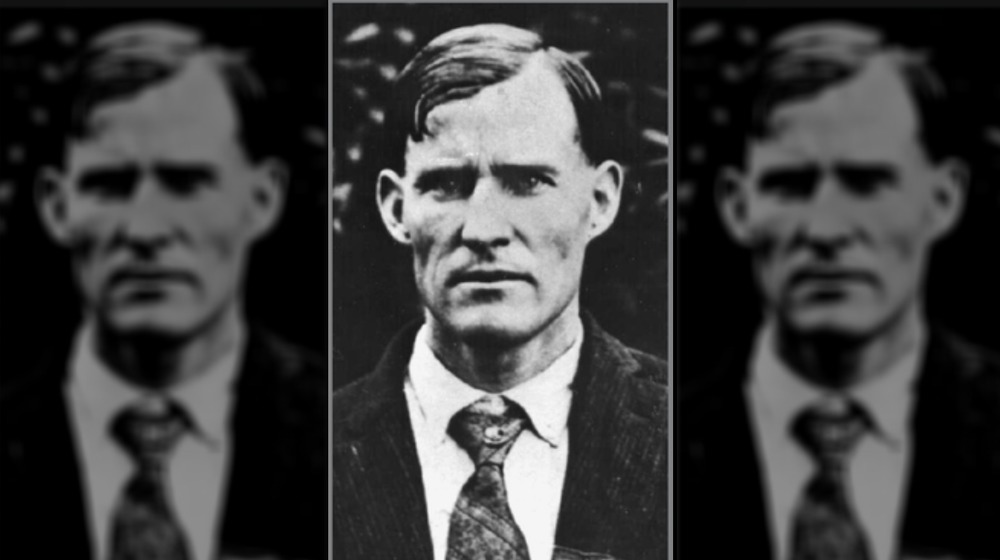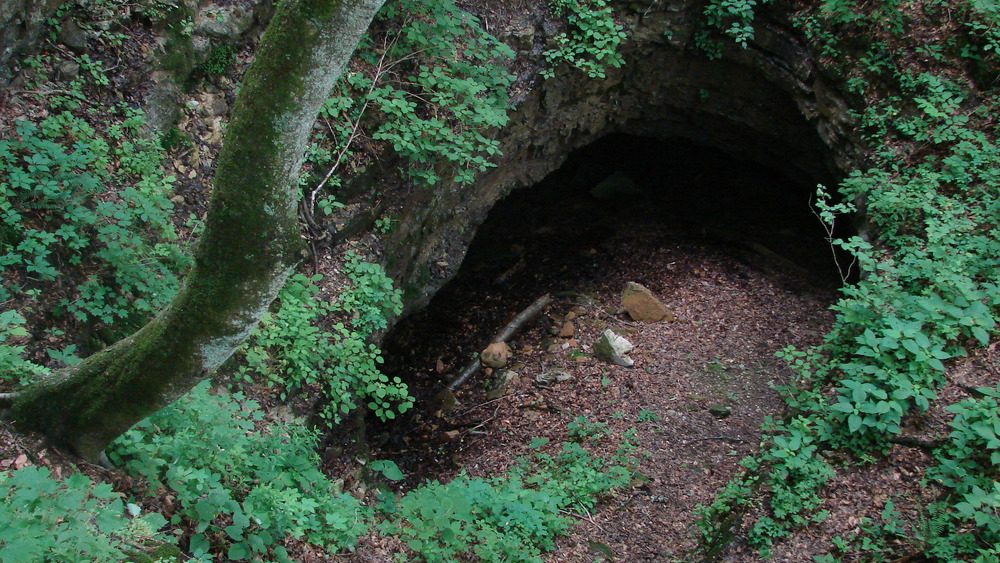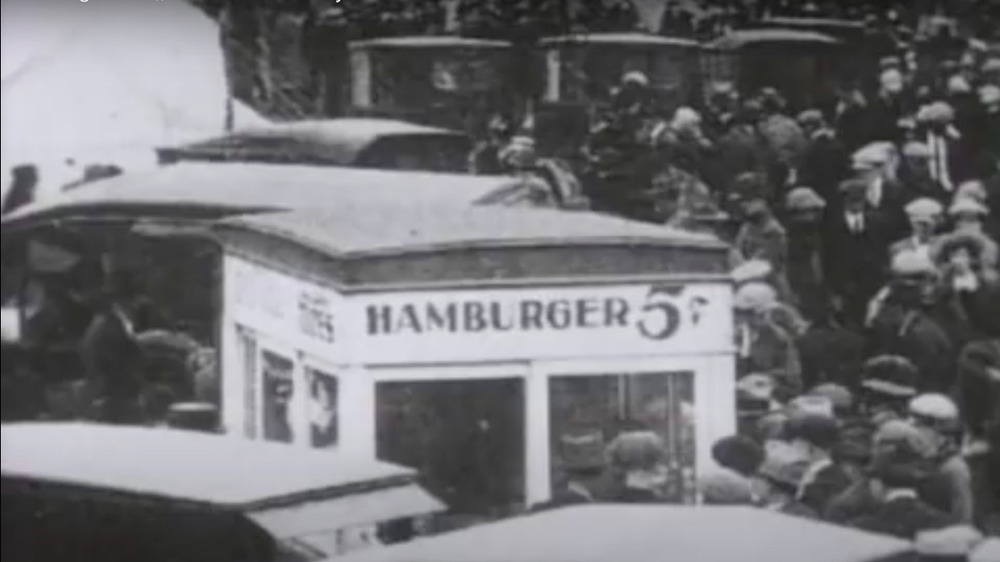The Tragic Death Of Cave Explorer Floyd Collins
According to Appalachian History, Kentucky's Mammoth Cave was the world's first cave to be explored as a tourist attraction. Guided tours of the cave began in 1816, and over the next century it would garner quite a bit of worldwide fame. This was, of course, before the days of the automobile, and anyone wanting to spelunk in Mammoth Cave had to be on a serious mission to visit the place. This was no casual stop along the roadside. In the 1920s, however, cars changed all that, as people from the cities began driving out into the country in droves on vacations and weekend getaways.
Since Mammoth Cave already had clout as a tourist attraction, people all over Kentucky with caves on their land began to compete for this tourism, sparking off an epic economic competition known to history as the Kentucky Cave Wars. The first strike came from an oil driller from Louisville named George Morrison. In 1921 he broke open another entrance to the Mammoth Cave system and began attracting tourists with his advertisements for the "New Entrance to Mammoth Cave." It wasn't long before others in the area began trying to get a piece of the action, and soon there were signs up and down the country roads for Long Cave, Short's Cave, Colossal Cave, Indian Cave, Great Onyx Cave, Salts Cave, and Crystal Cave. Competition was fierce, and the search for new spelunking grounds would soon become a dangerous job.
Floyd Collins gets trapped looking for a cave with a better location
The Collins family was one of those looking to get in on Kentucky's booming cave tourism industry. As noted by the National Park Service, they owned the Crystal Cave, discovered by their son Floyd in 1917. But their land was too far down the road on which all the tourists were driving their new cars. All the other caves were swallowing up the city folk before they could get out to the Crystal Cave, and it got very few visitors. But Floyd was determined to get a piece of the tourist cave pie. He knew of one called Sand Cave that was located on the road ahead of most of the other show caves, and he made a deal with the landowner, a Mr. Doyel. He'd explore it and see if he could make it profitable. If so, he'd split the profits with Doyel, and they'd all get rich.
Floyd armed himself with a kerosene lantern and headed down into the cave. But it didn't take long for him to come across some difficult challenges. The cavern quickly narrowed, and he was soon crawling along on his belly, pushing his lantern in front of him. When it flickered out, he decided to turn back, despite having seen the cave open up ahead. But on his way back, a 27-pound rock wedged his ankle in place, and Floyd found himself trapped over 150 feet below the earth's surface.
Floyd's situation became a circus before it turned tragic
Floyd could do nothing but shout for help. According to the documentary Mysteries Underground (posted on YouTube), he shouted for 24 hours before someone heard him. His brother wiggled down to take him sandwiches and coffee and try to pry him free, but to no avail. More and more people came to attempt to rescue him, but the efforts were unorganized and only ended up dislodging more dirt and rocks that tumbled down into the crevice. Word soon got out that Floyd was stuck down in the cave, and it caused a media frenzy. People gathered by the thousands, and soon there were vendors selling burgers and souvenirs. Moonshiners saw an opportunity and came to keep the gawkers fueled with booze. It got to the point where the governor had to call in the National Guard to maintain order. A young reporter named Skeets Miller made several trips down the hole to take Floyd food and water and report on his condition.
When a cave-in closed off the entrance to the cave, rescuers were forced to dig an auxiliary shaft, but by the time they reached Floyd — 18 days after he became stuck — it was too late. He had been dead for days by the time of their arrival. It took two months to extract his body from below the Earth. Fortunately, his tragic death marked the only human casualty of the Kentucky Cave Wars.


